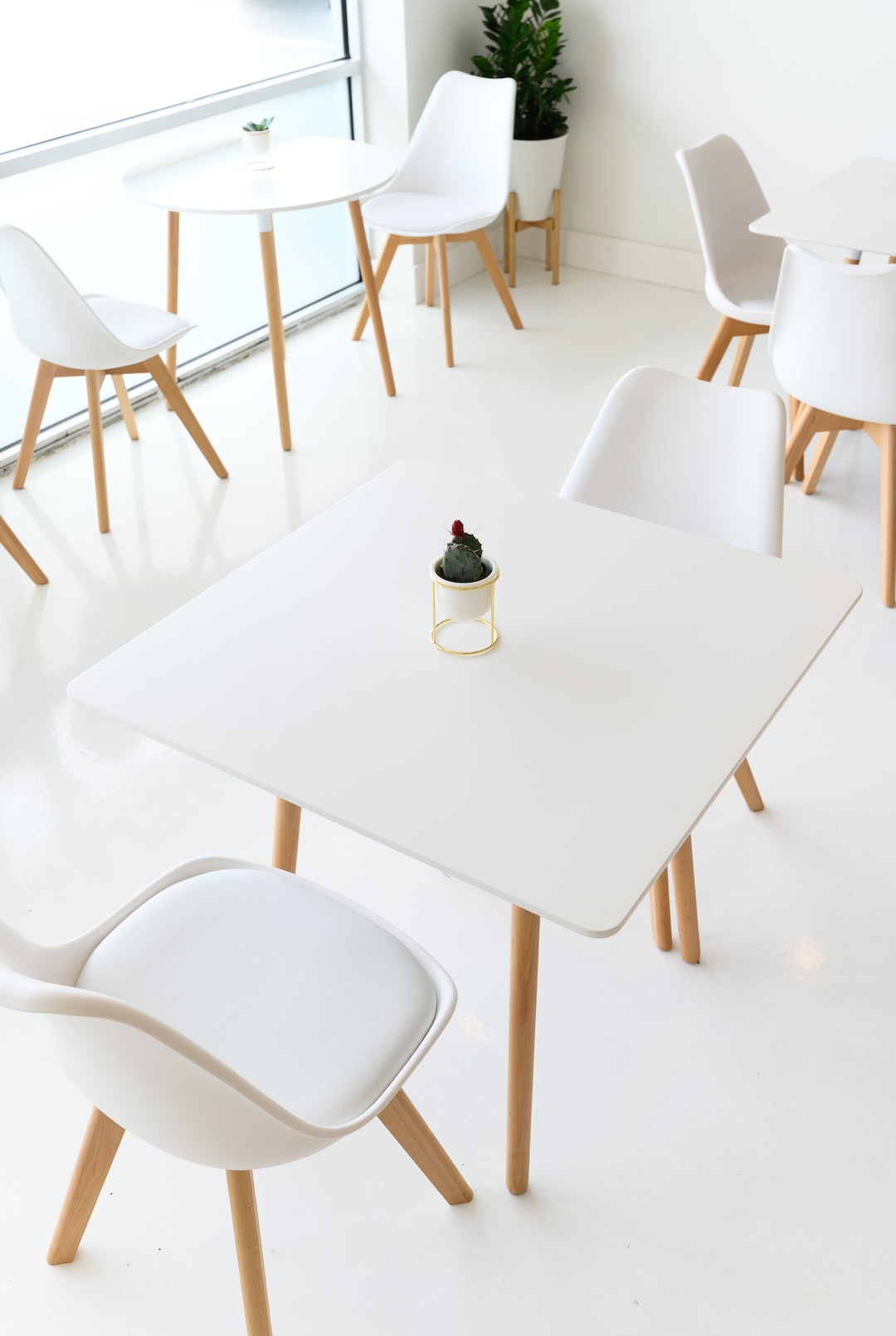When it comes to furniture design, the choice of materials is as important as the form and functionality of the piece. Different materials can create varying effects, textures, and aesthetics. Exploring different materials in furniture design opens up a world of possibilities and allows designers to push the boundaries of creativity.
Wood is the traditional and most commonly used material in furniture design. It is valued for its durability, versatility, and natural beauty. Different types of wood, such as oak, cherry, or walnut, offer distinct grain patterns and colors, allowing designers to create unique styles. Wood can be carved, shaped, and finished in numerous ways, making it a flexible choice for furniture design.
Metal is another popular material used in contemporary furniture design. It lends a sleek and modern look to any piece. Steel, aluminum, and brass are commonly used metals in furniture design. Metal furniture can be shaped, welded, and polished to create a variety of forms and textures. The use of metal in furniture design also adds an element of strength and sturdiness.
Plastic is a versatile material that has gained popularity in modern furniture design. It is lightweight, easy to mold, and available in a wide range of colors. Plastic furniture is often used in outdoor settings due to its resistance to moisture and weathering. It can be molded into various shapes and forms, allowing for creative and innovative designs. Plastic furniture also offers a cost-effective solution for those on a budget.
Glass is a material that adds elegance and sophistication to furniture design. It is often used for tabletops, shelves, and decorative accents. Glass furniture creates a sense of lightness and transparency, making it ideal for small spaces or rooms with limited natural light. Glass can be etched, painted, or tinted to add visual interest to a piece of furniture.
Leather is a luxurious material that brings a sense of warmth and comfort to furniture design. It is commonly used in upholstery, providing a soft and supple texture. Leather furniture adds a touch of sophistication and is highly durable, with proper care. It is available in various colors and finishes, allowing designers to create different moods and styles.
Beyond these traditional materials, designers are constantly exploring new and innovative materials for furniture design. Sustainable and eco-friendly materials, such as bamboo, cork, and reclaimed wood, are gaining popularity in the industry. These materials offer a more sustainable approach to furniture design, reducing the impact on the environment.
In conclusion, exploring different materials in furniture design is a crucial aspect of the creative process. Each material brings its own unique properties and aesthetics, allowing designers to experiment and create pieces that are functional, visually appealing, and long-lasting. Whether it’s wood, metal, plastic, glass, leather, or new sustainable materials, the choice of material plays a fundamental role in shaping furniture design. So, let’s embrace the possibilities and continue to explore the endless combinations and designs that different materials can offer.

